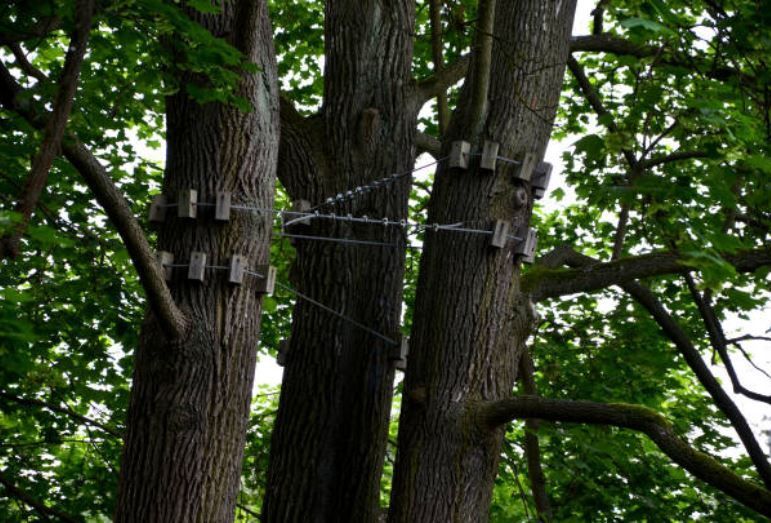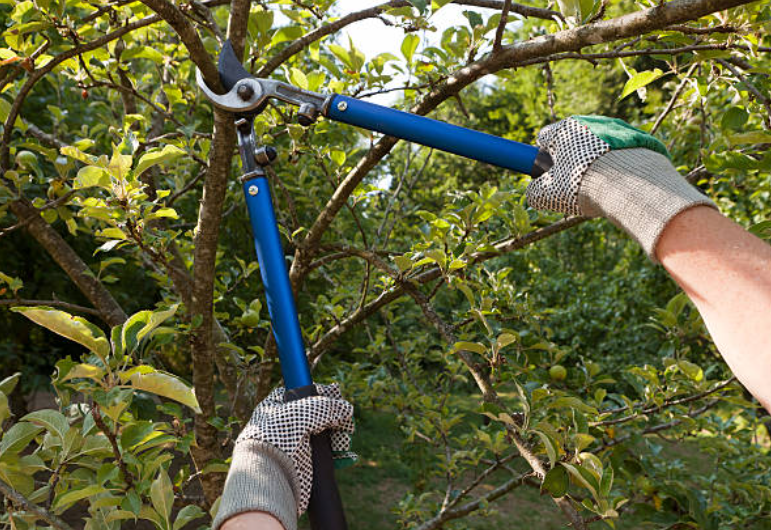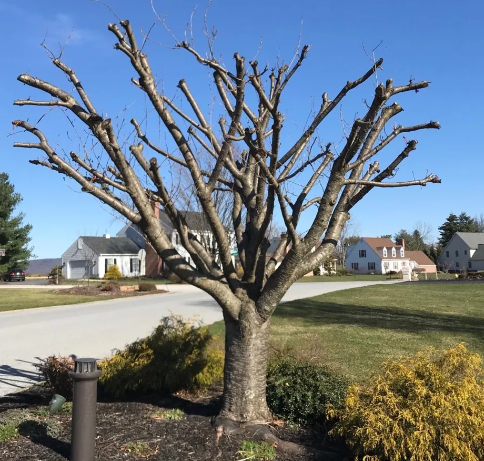The Power of Support: How Cable and Bracing Extend the Life of Your Trees
Trees are not just an integral part of our landscapes; they are living organisms that require care and attention to thrive. As trees mature, they may develop structural weaknesses or face the forces of nature that can put them at risk of failure. Fortunately, modern arboriculture offers solutions that can extend the life of these majestic organisms, ensuring their longevity and continued beauty in our surroundings. In this article, we will explore the power of support through tree cabling and bracing techniques and how they play a vital role in safeguarding trees against potential hazards.
Understanding Cable and Bracing
Cable and bracing are time-tested practices used by certified arborists to enhance the structural integrity of trees. These techniques involve installing flexible steel cables and rigid braces to support weak or vulnerable branches or stems. They are especially useful for trees with co-dominant stems or those that have suffered damage due to storms, pests, or diseases.
Cabling typically involves placing steel cables high up in the canopy to redistribute stress and prevent weak branches from bending or breaking under their weight or external pressures. Bracing, on the other hand, uses rigid rods to stabilize co-dominant stems that are prone to splitting or tearing apart during storms or heavy winds.

Benefits of Cable and Bracing
- Preventing Catastrophic Failures: Trees with compromised structural integrity can pose serious risks to property and people. Cable and bracing systems effectively reduce the chances of catastrophic branch or stem failure, preventing accidents and property damage. This is especially true for tree protection during storms.
- Extending Tree Life: By providing necessary support to weak or damaged sections of a tree, cable and bracing systems enable the tree to better withstand the elements, promoting its health and longevity.
- Retaining Aesthetic Appeal: Trees play a significant role in enhancing the aesthetics of our landscapes. Cable and bracing techniques help maintain the natural form and beauty of trees by reducing the need for extensive pruning or removal of branches.
- Enhancing Safety: Trees situated near buildings, walkways, or roads are particularly vulnerable during severe weather events. Cabling and bracing make these trees more resilient, reducing the likelihood of limbs falling and causing harm to property or people.
Cable and Bracing Techniques to Use
There are several different cabling and bracing techniques used by arborists to support weak or vulnerable trees. Each technique has its unique advantages and is chosen based on the tree's condition, structure, and specific needs. Let's explore some of the commonly used techniques:
Static Cabling and Bracing
Static cabling involves the installation of high-strength steel cables between branches or stems of a tree to provide support and reduce the risk of failure. The cables are attached using tree-friendly hardware, and their tension is adjusted to redistribute stress, supporting weak branches. Static bracing, on the other hand, uses rigid braces or rods to stabilize co-dominant stems that are prone to splitting during storms or heavy winds.
Dynamic Cabling
Dynamic cabling systems use flexible, stretchable materials, such as synthetic fibers, that allow the tree to move naturally in response to wind and other forces. Unlike static cabling, which restricts movement, dynamic cabling encourages the tree to develop a stronger, more flexible structure over time. This technique is particularly useful for trees in windy locations or those that require more natural movement.
Cobra Bracing
Cobra bracing is a technique that involves using flexible materials that mimic the natural flexibility of a tree's branches. It is especially effective for supporting weak, heavy branches or limbs. The flexible bracing allows the branches to move naturally while providing stability, promoting better tree growth and resilience.
Synthetic Bracing Rods
Instead of traditional metal braces, synthetic bracing rods made from materials like carbon fiber or fiberglass offer a lightweight and flexible alternative. These rods provide strength without compromising tree health and are suitable for trees with weaker or vulnerable branch unions.
Bolt Bracing
Bolt bracing involves the installation of steel bolts through the weak or split area of a tree's trunk or branch union. The bolts act as internal support, preventing further splitting and providing stability to the compromised section. This technique is most commonly used for trees with large branch unions.
Static-Plate Cabling
In static-plate cabling, large plates are installed on either side of a branch or stem, connected by a high-tensile steel rod. This technique provides sturdy support without penetrating the tree, reducing the risk of infections and damage.
Guying
Guying is a temporary bracing technique used to support young or newly transplanted trees. Flexible cables or ropes are attached to the tree and anchored to stakes or other support structures in the ground, helping the tree establish strong root systems and preventing tipping during wind events.
Conclusion
Cable and bracing techniques are invaluable tools in the arborist's arsenal, offering a lifeline to mature trees facing structural challenges. By providing some extra
tree maintenance and reducing the risk of limb failure, these systems extend the life of our beloved trees while enhancing safety and aesthetics in our landscapes. If you have trees that appear weakened or damaged, consulting a certified arborist is the first step in determining whether cable and bracing are appropriate solutions. Investing in the power of support can go a long way in safeguarding the longevity and vitality of your trees for generations to come. Remember, the health and beauty of our trees are interconnected with the well-being of our environment and communities.
You might also like

Book a Service Today
We will get back to you as soon as possible
Please try again later


